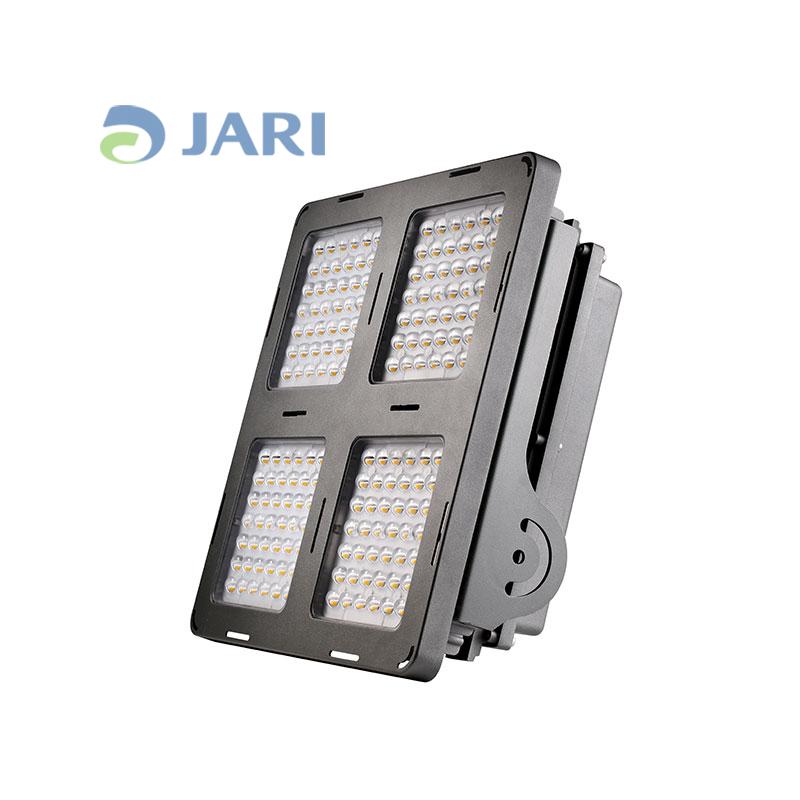7 Tips for Improving Exterior Lighting with Flood lights
 Feb 22, 2023|
Feb 22, 2023| View:328
View:328Flood lights are wide-beam, high-intensity artificial daylight used in outdoor areas, including residential and commercial areas, construction sites, open-air restaurants, parks and fields. Because of their powerful lighting technology, they are critical for nighttime outdoor activities and a long-term investment for home and business owners, so certain factors (such as longer life, durability and efficient operation) are critical. Here are 7 tips for using Flood lights to improve exterior lighting.

1. Beam angle.
The light distribution of a Flood light depends on the degree of beam spread. A narrower angle of beam spread has a lower number, while a wider beam angle has a higher number. This allows several lighting techniques, such as highlighting, task lighting, and accent lighting based on outdoor areas.
2. Lumen intensity.
Flood light luminaires are inherently bright, powerful fixtures, but they allow users to choose from a range of luminaires with different lumen outputs. Photometric studies help determine the total number of lumens needed to illuminate any outdoor area without interfering with the light from any other luminaire, and determine the number of luminaires needed for a particular location.
3. Elevation angle.
For any exterior, secure placement of the fixture is necessary. It should be fixed at a point where the light shines on the surface it is intended to illuminate. The mounting height of the Flood light luminaire determines the elevation angle. This is an important factor to consider when the fixture is installed in a residential area, park, parking lot, or similar place where mobility is an issue. The luminaire is placed at a height where the light from the luminaire will not be blocked by buildings or vehicles.
4. Mounting options.
The versatility of a Flood light depends on its mounting options. There are portable Flood lights that are easy to carry around for temporary use, as well as mountable Flood lights with swivel heads.
Some mounting options that allow the fixture to rotate are as follows.
(1) Spring tabs
(2) Knuckle mount
(3) U-shaped bracket
(4) Riser mounting
To achieve field aiming, these mounts actually come with angle marked reliefs for easy placement and critical movement of the fixture to direct light around a circular radius.
5. Landscape Lighting.
The adjustable features of the Flood lights can highlight any hardscape feature such as monuments, sculptures, and fountains. Soft landscape lighting is suitable for natural scenery in outdoor spaces. It helps to project beautiful lighting effects, such as spotlights, silhouettes, etc.
6. Façade lighting.
Façade and structural lighting is another excellent use of Flood lights to highlight any core architectural features, including buildings, that are symbolic of cultural or heritage importance. Façade lighting can create an iconic atmosphere anywhere and can wash walls or beautify any surface.
7. Security lighting.
For safety reasons, these ambiguous luminaires are explicitly installed in residential, industrial, and commercial parameters. To avoid any impermissible activity in or around the area, guard against intruders and facilitate surveillance equipment. These lights can be integrated with motion sensors, as l Flood lights have a fast start time and they light up as soon as they detect any movement within 1m.
In summary, Flood light luminaires are versatile and help create an inviting, comfortable look thanks to their integrated features, which are flexible and adaptable to the environment. They are economical, eliminating the need for frequent replacement and accidents. The optical adjustment for uniform light diffusion is one of the most critical essential features of Flood lights.
These are 7 tips on using Flood lights to improve exterior lighting. If you need more details, feel free to contact us!



